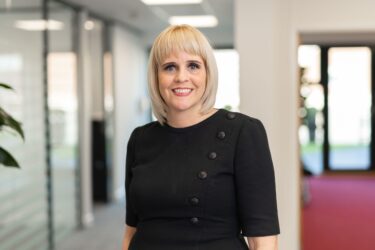The End Game

The number of DB pension schemes is declining. The PPF index now covers only c5000 schemes, a 40% drop since 2007. Some of these schemes have just come to the end of their life as the last pensioner has passed, but more commonly what we are seeing, is that the schemes are moving to buy out.
So, what’s caused this? – The LDI collapse in 2022 forced the Bank of England to intervene to stabilise the gilt market. The movement in gilt values and yields improved scheme funding, as liabilities fell by more than the asset value. As a result, more schemes than ever are now fully funded on a buyout basis, way ahead of their expected time scales! The realisation of the ultimate end game is now for many very much the focus.
DB schemes are expensive, some say an open chequebook, it is therefore not surprising that smaller employers are looking to remove the risk, by means of buy-in rather than buyout and wind up their schemes. However, that’s not the view of all; Pension Age reported last year:
“A number of the UK’s best-funded defined benefit (DB) schemes could be on the verge of running on for a few more years and helping boost economic growth, PwC has said, after its latest analysis it was suggested that the UK’s 5,000 DB schemes are in rude health.”
Run-on could be the key to kick start the economy, although not every scheme would want to carry the risk, the financial strength of the sponsoring employer could be the key factor here.
Whilst buyout removes the risk to the sponsoring employer, it does come at a cost in terms of professional fees in the short term.
Whilst members benefit from a secure pension post buyout, the chance of discretionary increases are foregone and for the employer, any potential future refund is lost too.
In terms of accounting.
Once a scheme has secured its liabilities by way of a buy-in, the next option is to buyout and wind up. When assessing a ‘going concern’ the auditing standard (ISA 570) states:
“A scheme is considered a going concern unless the trustees have taken the formal decision to wind up, or a notice has been served to wind up the scheme, or a trigger event has occurred which indicates that there is no alternative to wind up, such as contributions having stopped, or the employer has experienced an insolvency event.
“We are also required to report material uncertainties too, i.e., the employer entering the PPF assessment period, the employer experiencing financial difficulties and contributions that are consistently late.”
The trigger here is the buyout and this would need to be disclosed if at the time the financial statements were approved there was uncertainty if the scheme would continue for the next 12 months.
For many schemes, the final period may not fit neatly within the financial year of the pension scheme. The SORP states:
“Periods covered by scheme financial statements will normally be one year in duration. However, where this is not the case, the SORP calls for this fact to be disclosed and the reasons for the change in the length of the accounting period to be given, preferably in the accounting policies section of the financial statements. Statutory financial statements for pension schemes normally have an accounting period no shorter than six months and no longer than 18 months”.
A period longer than 18 months would need approval from the Pensions Regulator. For the final period, we need to consider SORP Para: 3.31.5 which balances the requirements of needing an audit with trust law, which requires trustees to demonstrate how they have discharged the trust. Final winding up financial statements are considered good practice.
The Ensor’s Pension team can support with the accounting implications and disclosures required.




